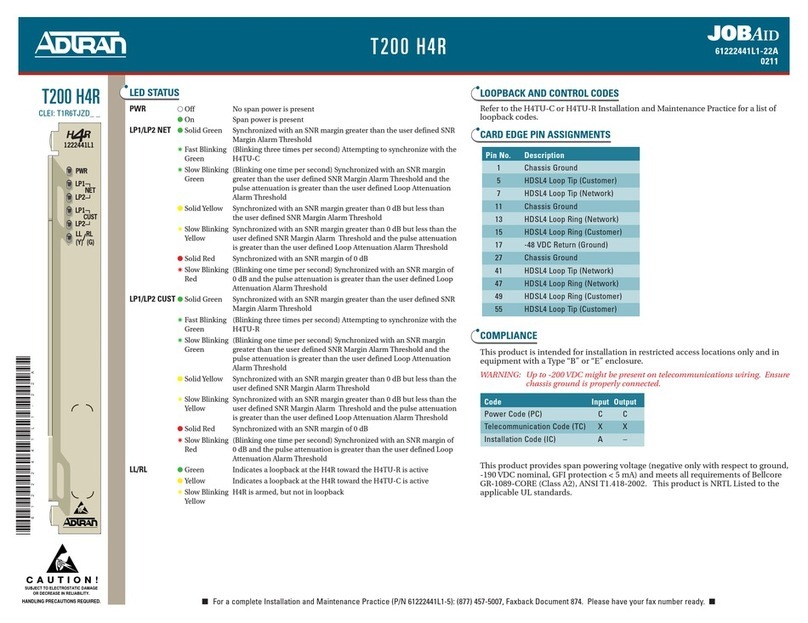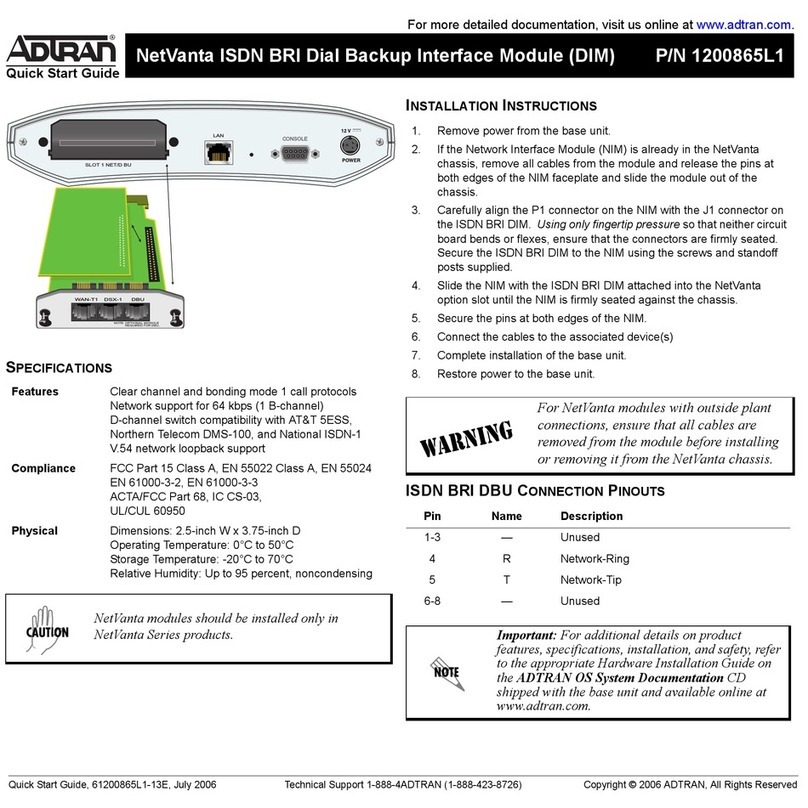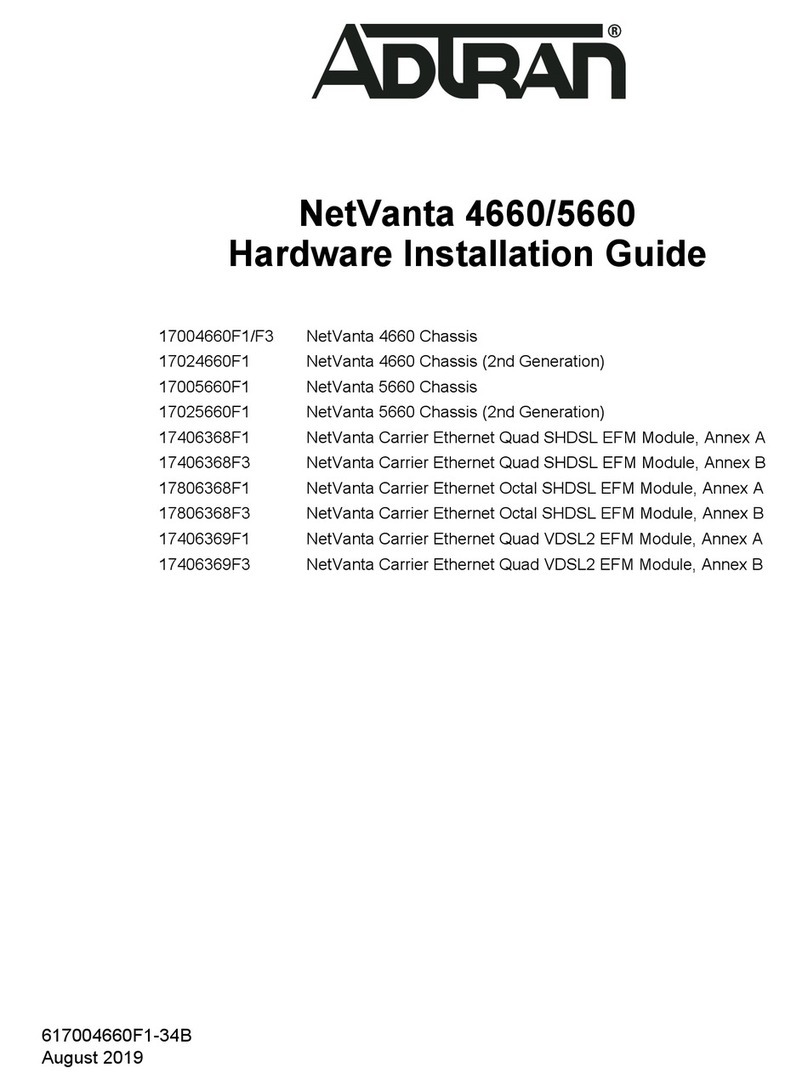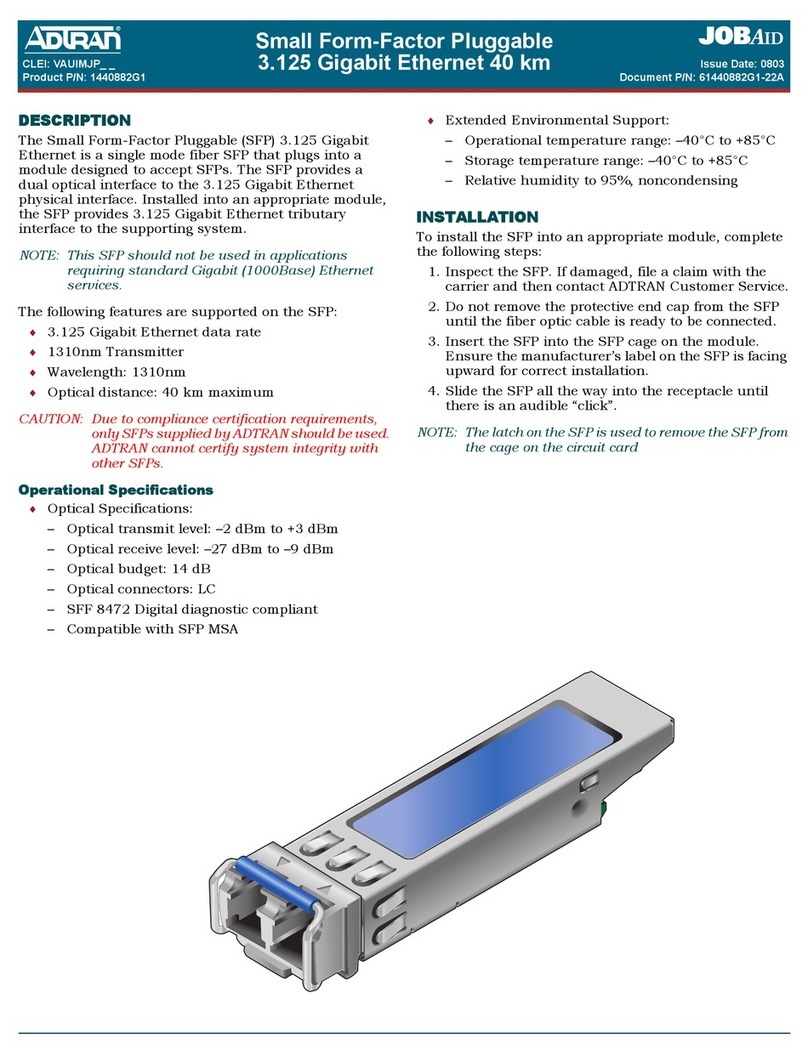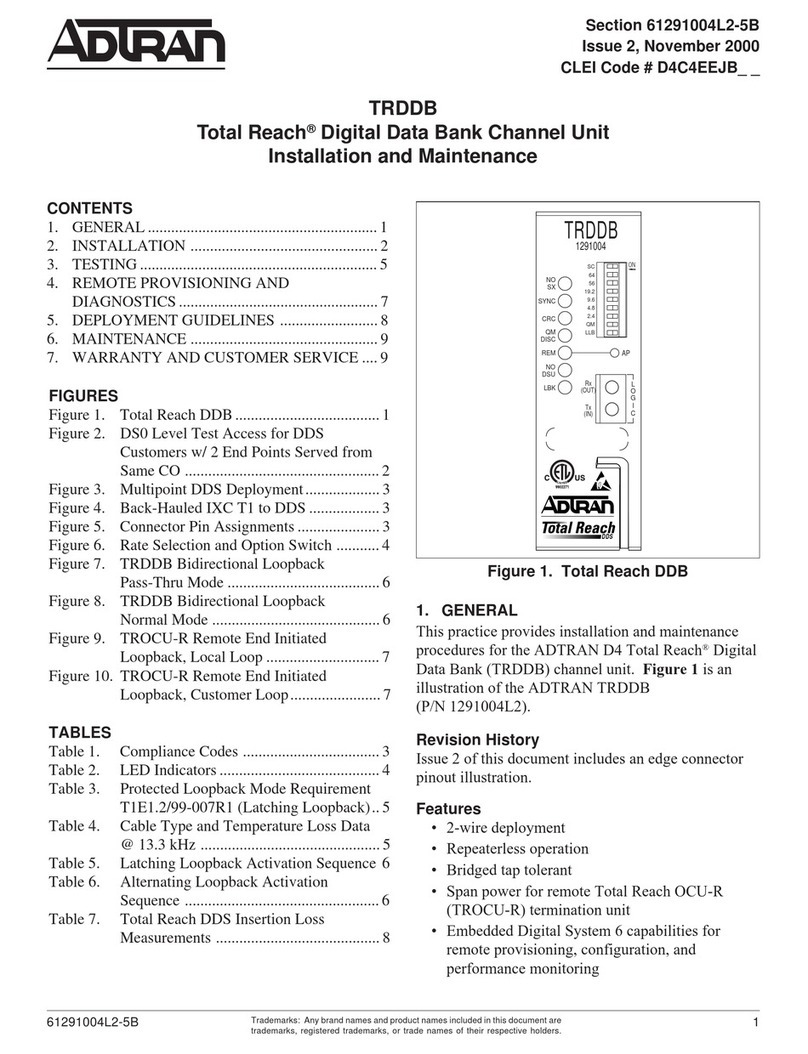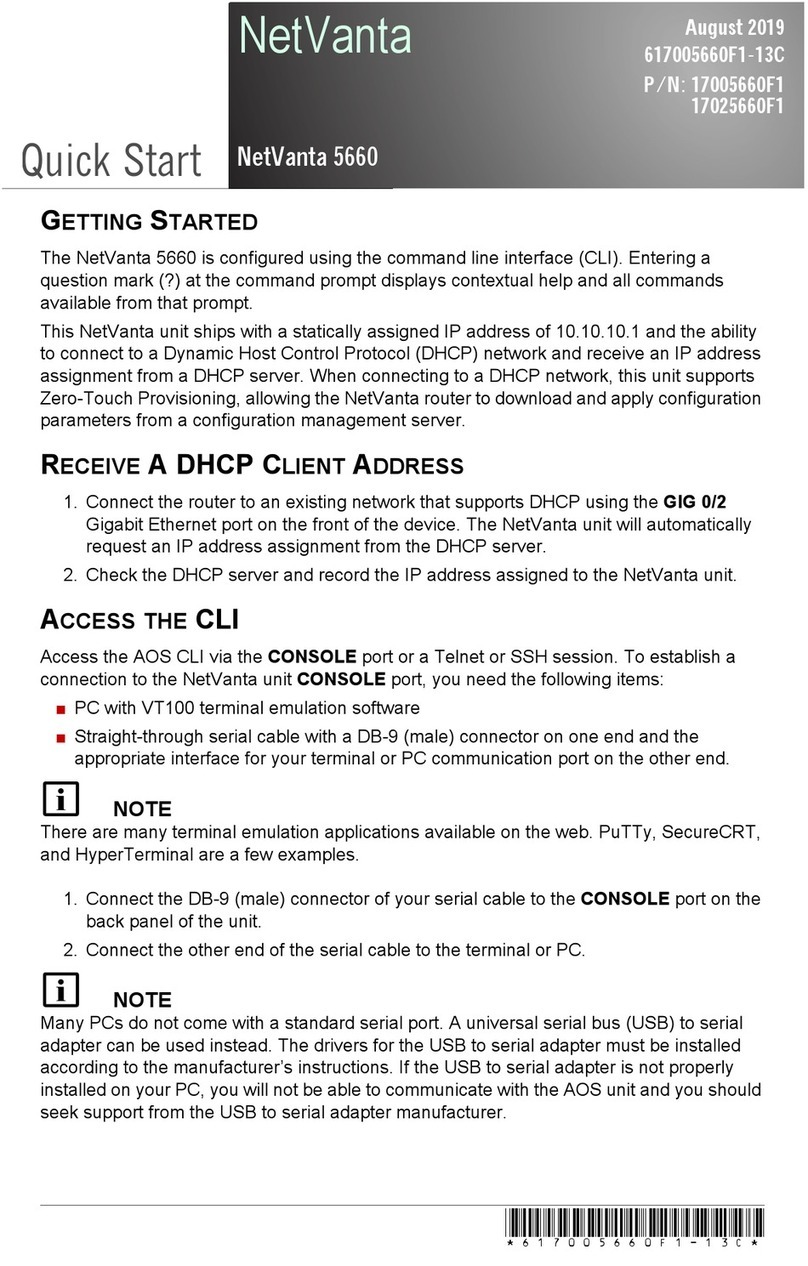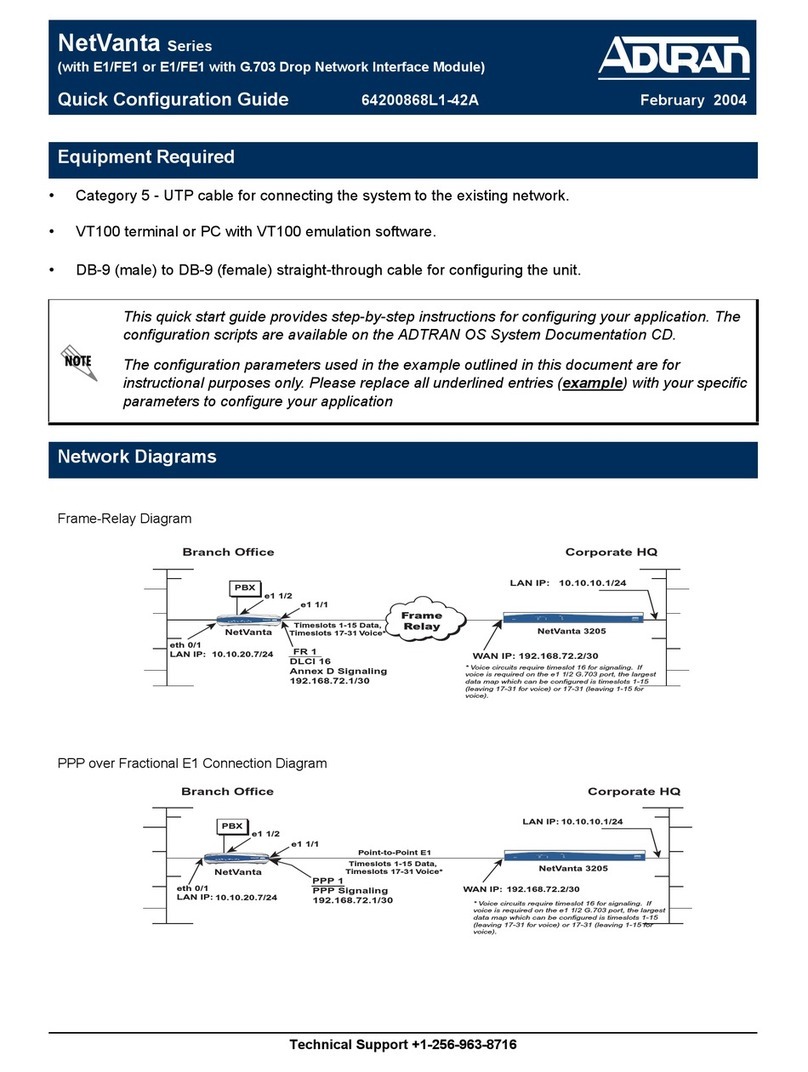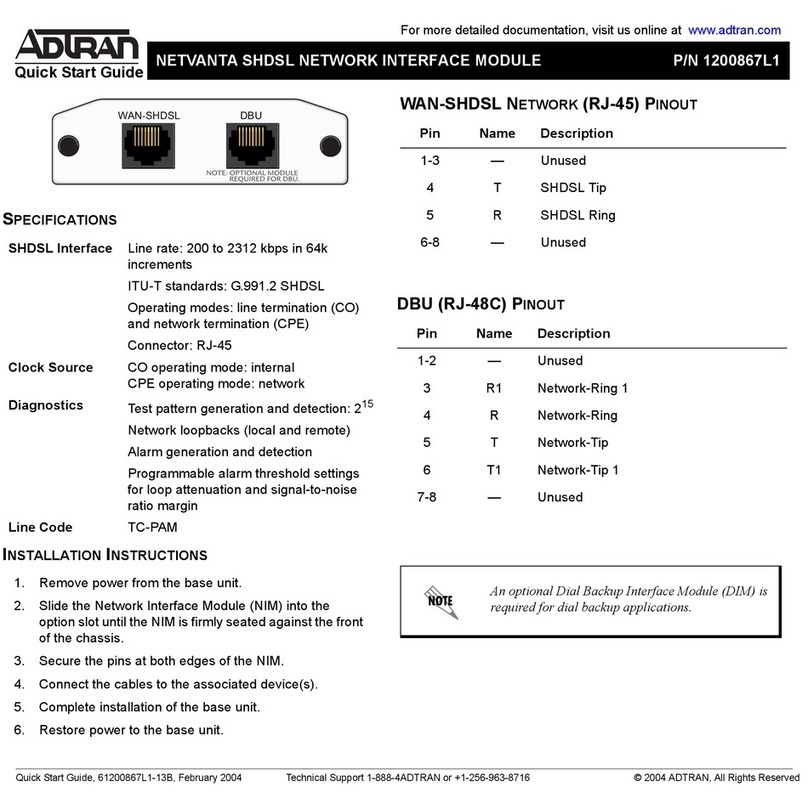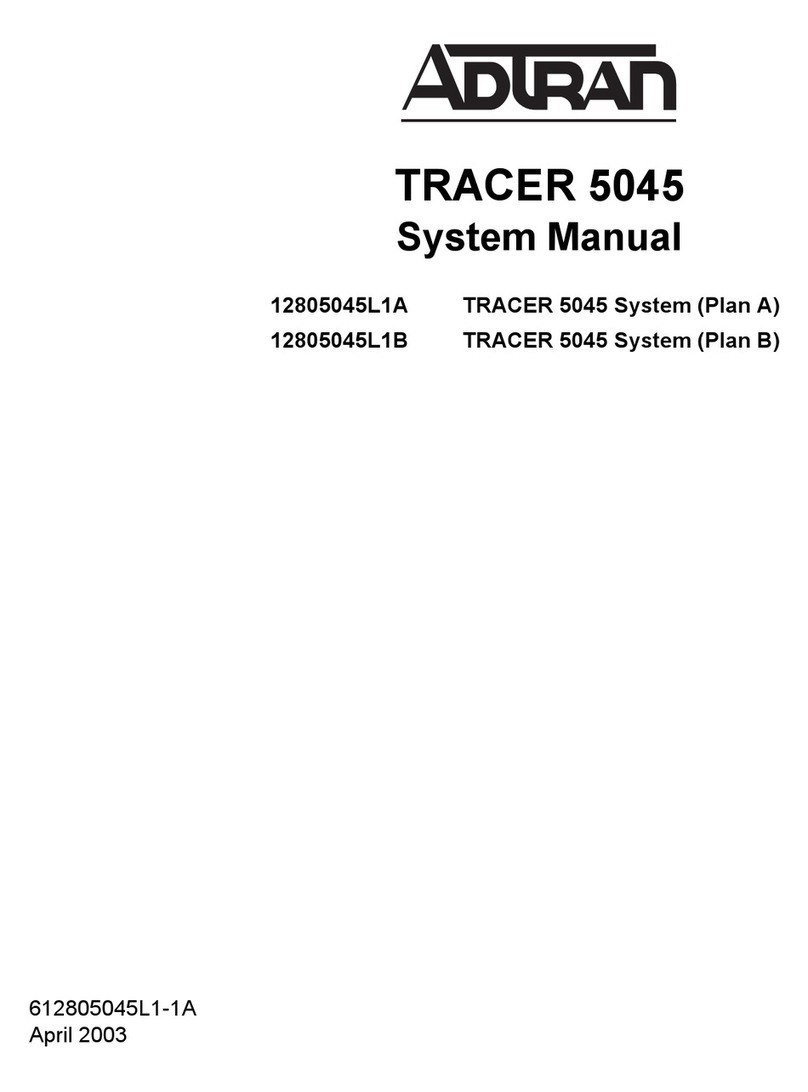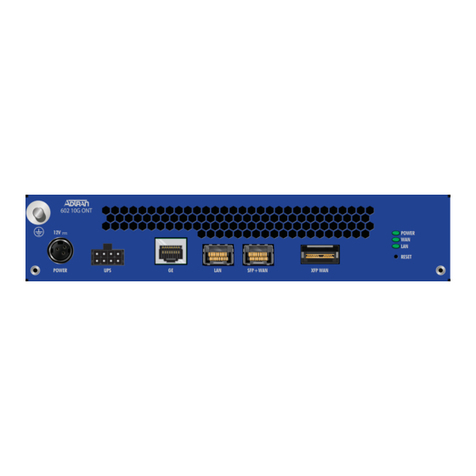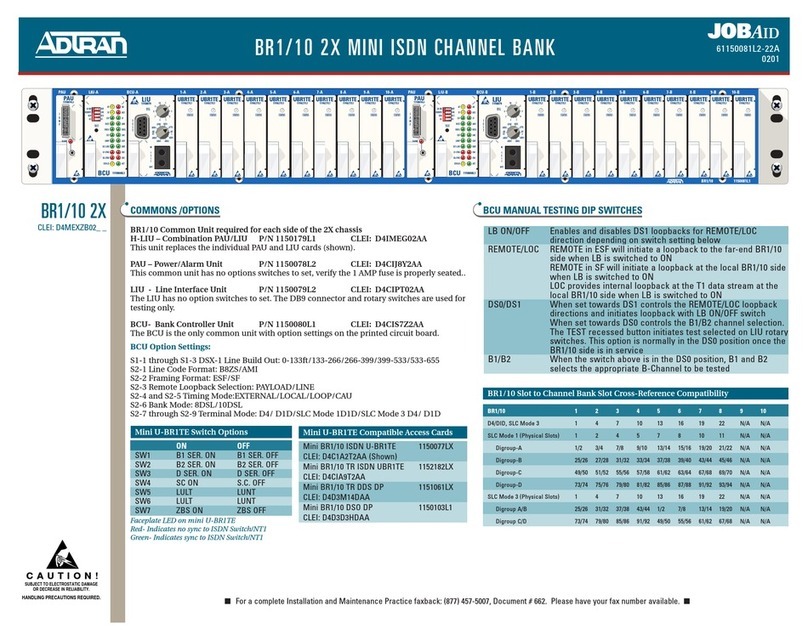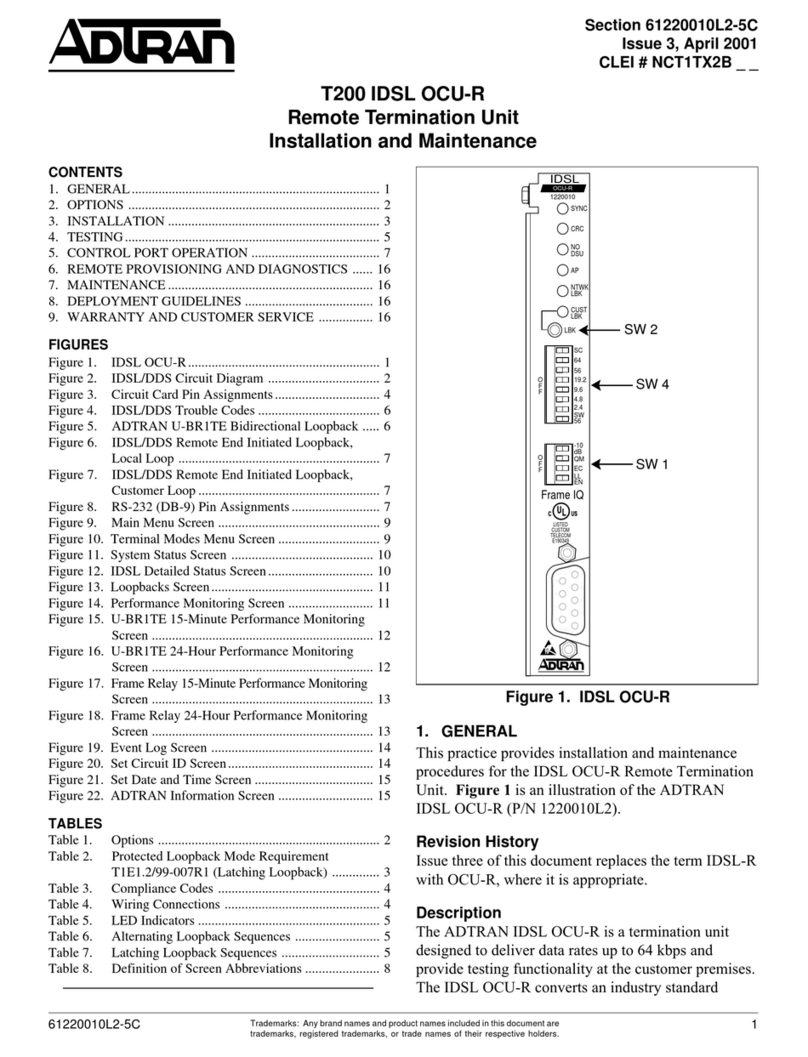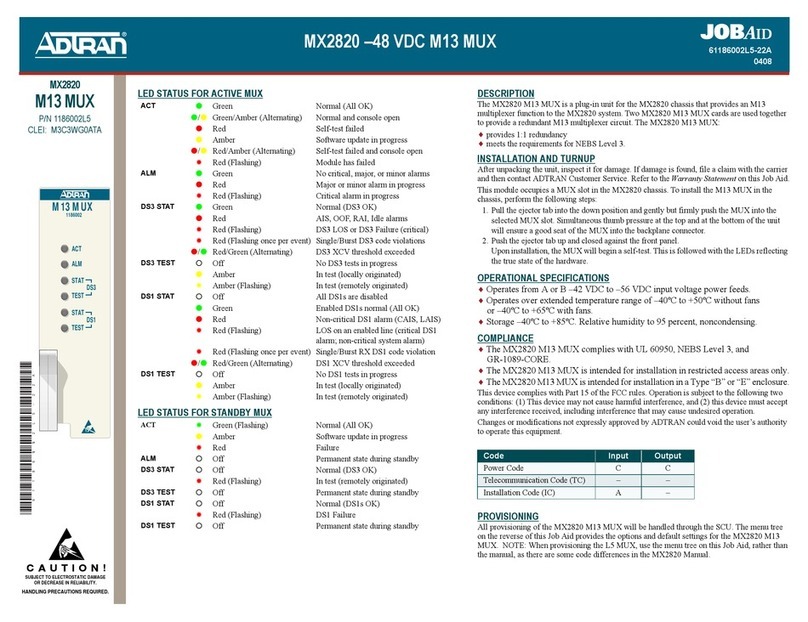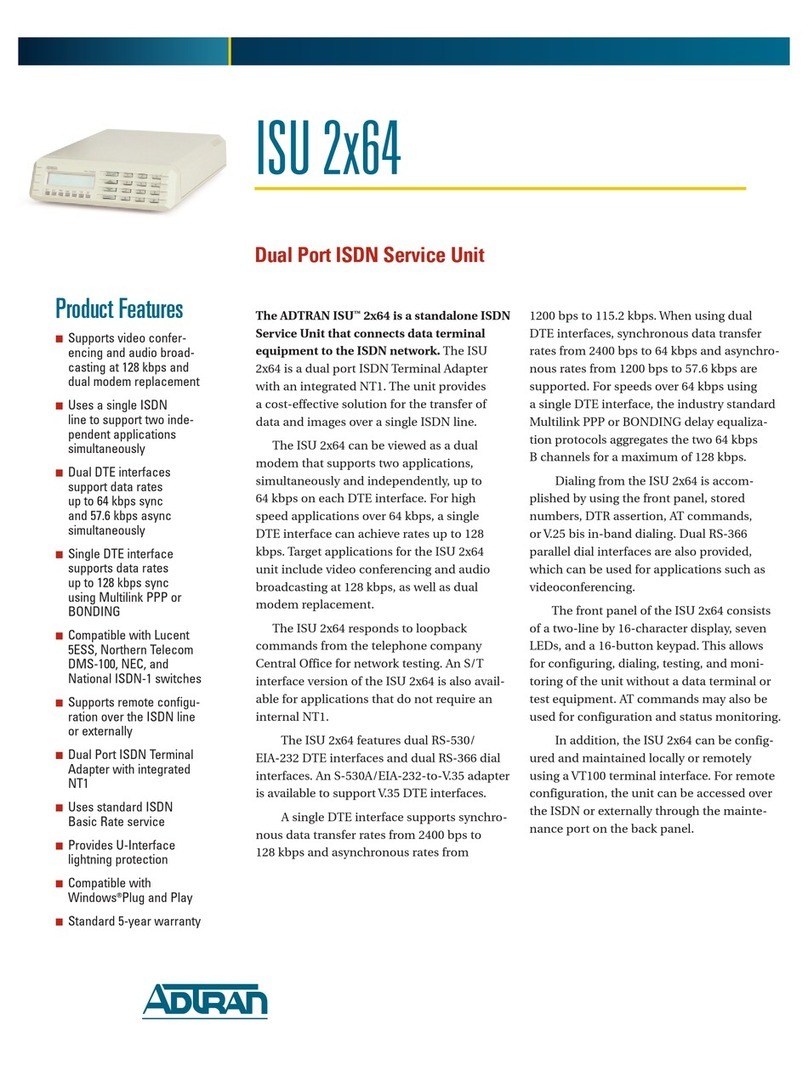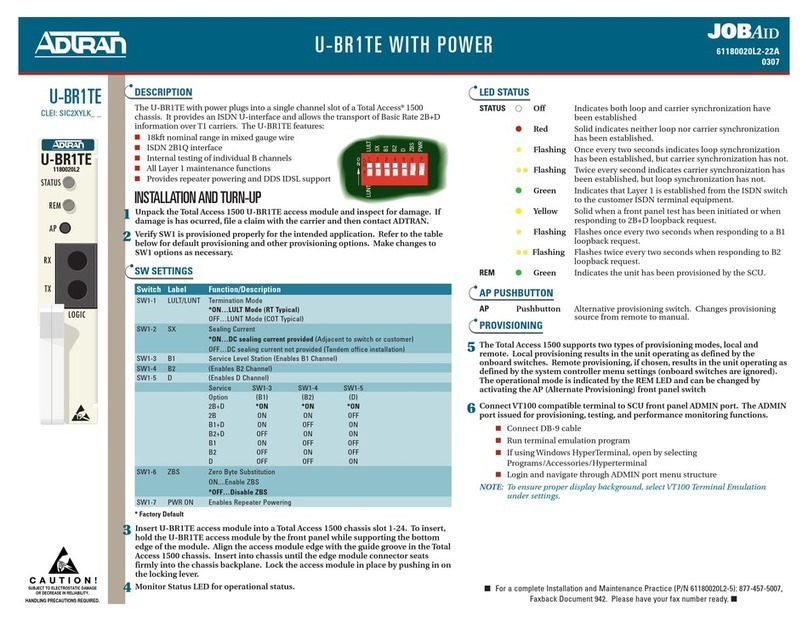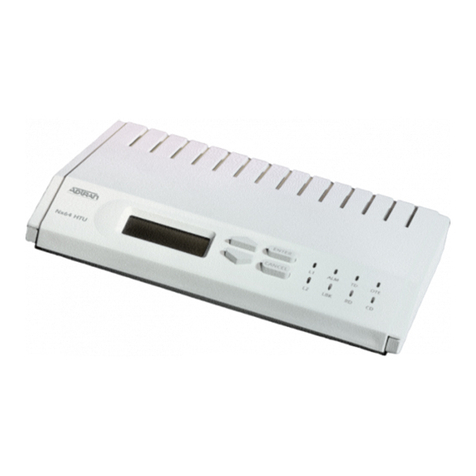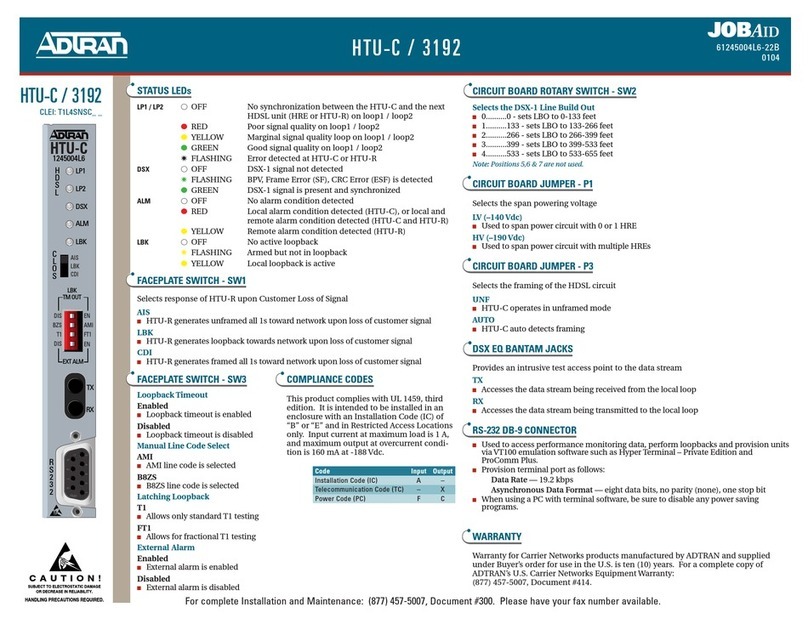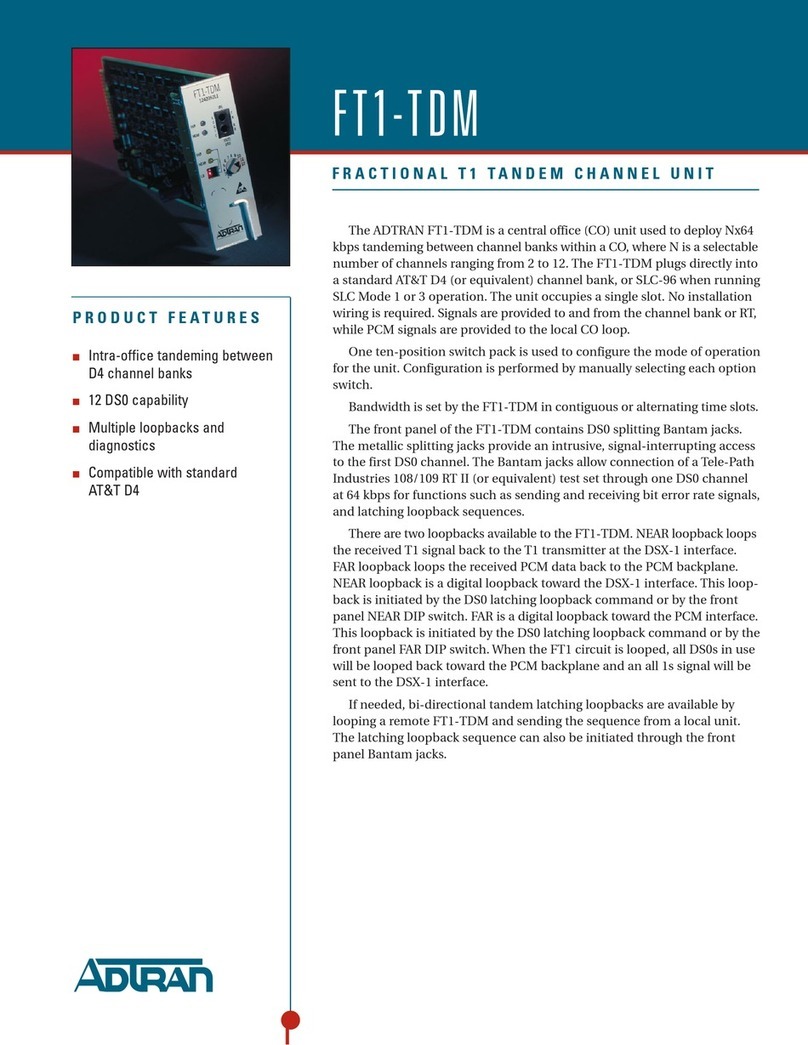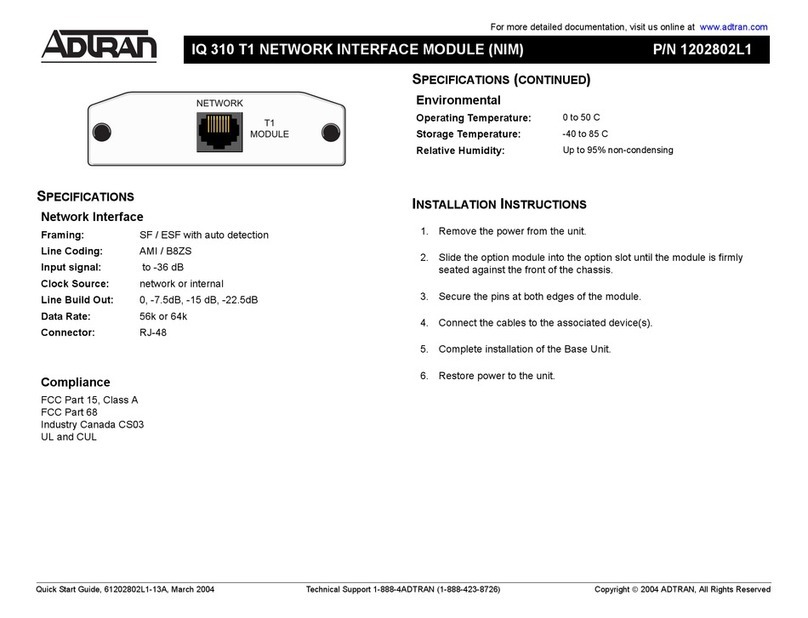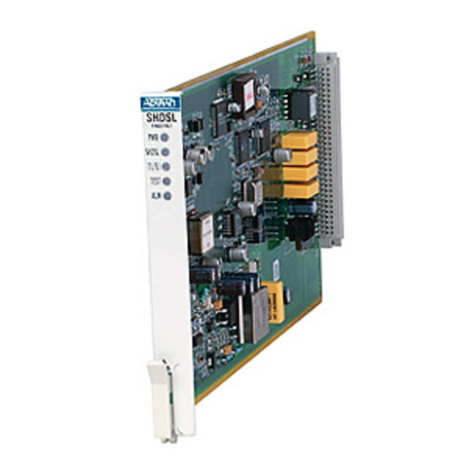
Total Access 300 Series Small Business Unit ONT Installation and Maintenance Guide
viii 612877SBONT-5B
Section 2
Small Business Unit Installation. . . . . . . . . . . . . . . . . . . . . . . . . . . . . . . . 2-1
Scope of this Section. . . . . . . . . . . . . . . . . . . . . . . . . . . . . . . . . . . . . . . . . . . .2-1
In this Section. . . . . . . . . . . . . . . . . . . . . . . . . . . . . . . . . . . . . . . . . . . . . . . . . .2-1
Installation . . . . . . . . . . . . . . . . . . . . . . . . . . . . . . . . . . . . . . . . . . . . . . . . . . . .2-2
Shipping Contents . . . . . . . . . . . . . . . . . . . . . . . . . . . . . . . . . . . . . . . . . . . . . . . . . 2-2
Required Tools . . . . . . . . . . . . . . . . . . . . . . . . . . . . . . . . . . . . . . . . . . . . . . . . . . . 2-3
Necessary Supplies . . . . . . . . . . . . . . . . . . . . . . . . . . . . . . . . . . . . . . . . . . . . 2-3
Instructions for Installing the SBU ONT . . . . . . . . . . . . . . . . . . . . . . . . . . . . . . . . . 2-4
Determining ONT Enclosure Location . . . . . . . . . . . . . . . . . . . . . . . . . . . . . . . 2-5
Mounting the Enclosure Outdoors . . . . . . . . . . . . . . . . . . . . . . . . . . . . . . . . . . 2-7
Install the Electronics Module . . . . . . . . . . . . . . . . . . . . . . . . . . . . . . . . . . . . . 2-8
Completed Outdoor SBU ONT Installation . . . . . . . . . . . . . . . . . . . . . . . . . . . 2-9
Ground Wire Connection . . . . . . . . . . . . . . . . . . . . . . . . . . . . . . . . . . . . . . . . 2-10
Alternative Grounding Method . . . . . . . . . . . . . . . . . . . . . . . . . . . . . . . . . . . 2-12
Local Power Source Wire Run . . . . . . . . . . . . . . . . . . . . . . . . . . . . . . . . . . . 2-12
ONT Power Connector . . . . . . . . . . . . . . . . . . . . . . . . . . . . . . . . . . . . . . 2-13
Installation of the Power Supply . . . . . . . . . . . . . . . . . . . . . . . . . . . . . . . . . . 2-15
Subscriber Connections . . . . . . . . . . . . . . . . . . . . . . . . . . . . . . . . . . . . . . . . 2-17
Fiber Tray Installation . . . . . . . . . . . . . . . . . . . . . . . . . . . . . . . . . . . . . . . 2-17
POTS Connections . . . . . . . . . . . . . . . . . . . . . . . . . . . . . . . . . . . . . . . . . 2-18
Install Ethernet Connections . . . . . . . . . . . . . . . . . . . . . . . . . . . . . . . . . . 2-19
Install DS1 Connections . . . . . . . . . . . . . . . . . . . . . . . . . . . . . . . . . . . . . 2-21
Install Fiber to the Unit . . . . . . . . . . . . . . . . . . . . . . . . . . . . . . . . . . . . . . 2-22
Install RF Overlay . . . . . . . . . . . . . . . . . . . . . . . . . . . . . . . . . . . . . . . . . . . . . 2-23
OptiTap Installation . . . . . . . . . . . . . . . . . . . . . . . . . . . . . . . . . . . . . . . . . 2-24
Mounting the Electronics Module Indoors . . . . . . . . . . . . . . . . . . . . . . . . . . . 2-26
Installed Indoor Electronics Module . . . . . . . . . . . . . . . . . . . . . . . . . . . . . . . 2-27
Commissioning and Testing . . . . . . . . . . . . . . . . . . . . . . . . . . . . . . . . . . . . .2-29
Turn-Up . . . . . . . . . . . . . . . . . . . . . . . . . . . . . . . . . . . . . . . . . . . . . . . . . . . . . . . . 2-29
Front Panel LEDs . . . . . . . . . . . . . . . . . . . . . . . . . . . . . . . . . . . . . . . . . . . . . 2-30
Secure the Unit . . . . . . . . . . . . . . . . . . . . . . . . . . . . . . . . . . . . . . . . . . . . . . . . . . 2-30
Test for POTS Line Faults . . . . . . . . . . . . . . . . . . . . . . . . . . . . . . . . . . . . . . . . . . 2-31
Provision Ethernet Interface at OLT . . . . . . . . . . . . . . . . . . . . . . . . . . . . . . . . . . 2-31
Section 3
Troubleshooting. . . . . . . . . . . . . . . . . . . . . . . . . . . . . . . . . . . . . . . . . . . . . 3-1
Scope of this Section. . . . . . . . . . . . . . . . . . . . . . . . . . . . . . . . . . . . . . . . . . . .3-1
In this Section. . . . . . . . . . . . . . . . . . . . . . . . . . . . . . . . . . . . . . . . . . . . . . . . . .3-1
Troubleshooting . . . . . . . . . . . . . . . . . . . . . . . . . . . . . . . . . . . . . . . . . . . . . . . .3-2
Faults Indicated with LEDs . . . . . . . . . . . . . . . . . . . . . . . . . . . . . . . . . . . . . . . . . . 3-2
LEDs in Normal State . . . . . . . . . . . . . . . . . . . . . . . . . . . . . . . . . . . . . . . . . . . 3-2
LEDs in Fault State . . . . . . . . . . . . . . . . . . . . . . . . . . . . . . . . . . . . . . . . . . . . . 3-3
